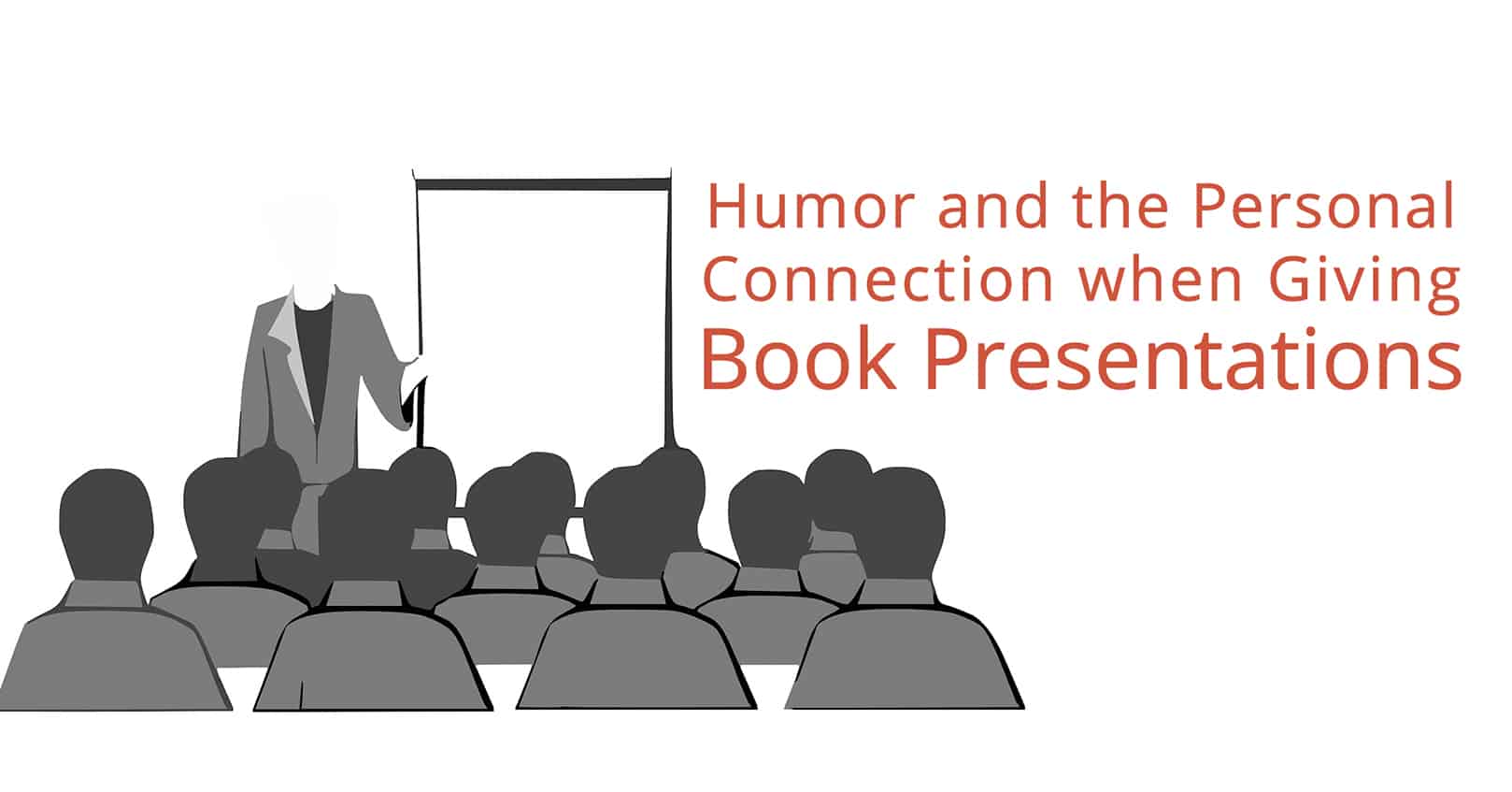
Even experienced writers get ambushed by this one. The difference between its and it’s looks tiny—just an apostrophe—but that small mark can completely change the meaning of your sentence. Let’s break down which is which, once and for all.
The Quick Answer
- Its (no apostrophe) shows possession—something belongs to “it.”
- It’s (with an apostrophe) is a contraction for it is or it has.
Examples in Action
- Its (possession):
- “The cat chased its tail.”
- “The company updated its website.”
- It’s (it is / it has):
- “It’s raining again.”
- “It’s been a long week of revisions.”
A Handy Trick to Remember
When you see it’s, try replacing it with it is or it has.
If the sentence still makes sense, you’ve used it correctly.
Examples:
- “It’s a good day to write.” → (It is a good day . . .) ✅
- “The book lost it’s cover.” → (It is cover?) ❌ Wrong—use its.
Why It’s Confusing
Normally, apostrophes show ownership Anna’s pen, the writer’s desk—but its is the exception. That’s because the apostrophe in it’s already stands for the missing letter in “it is.” English decided one apostrophe per word was enough.
Why It Matters for Writers
A single misplaced apostrophe can change a sentence from professional to careless. Readers may not notice perfect grammar, but they will notice the lack of it. Getting this one right is a quiet way to show you take your craft seriously.
✅ Takeaway:
- Its = belongs to it.
- It’s = it is or it has.
Skip the apostrophe when you mean possession—save it for the contraction.
Think of the apostrophe as clingy—it’s always standing in for something missing. When it’s already means it is, that little mark has done its job. Let its stand on its own, confident and independent—like a good sentence should be.















Comments